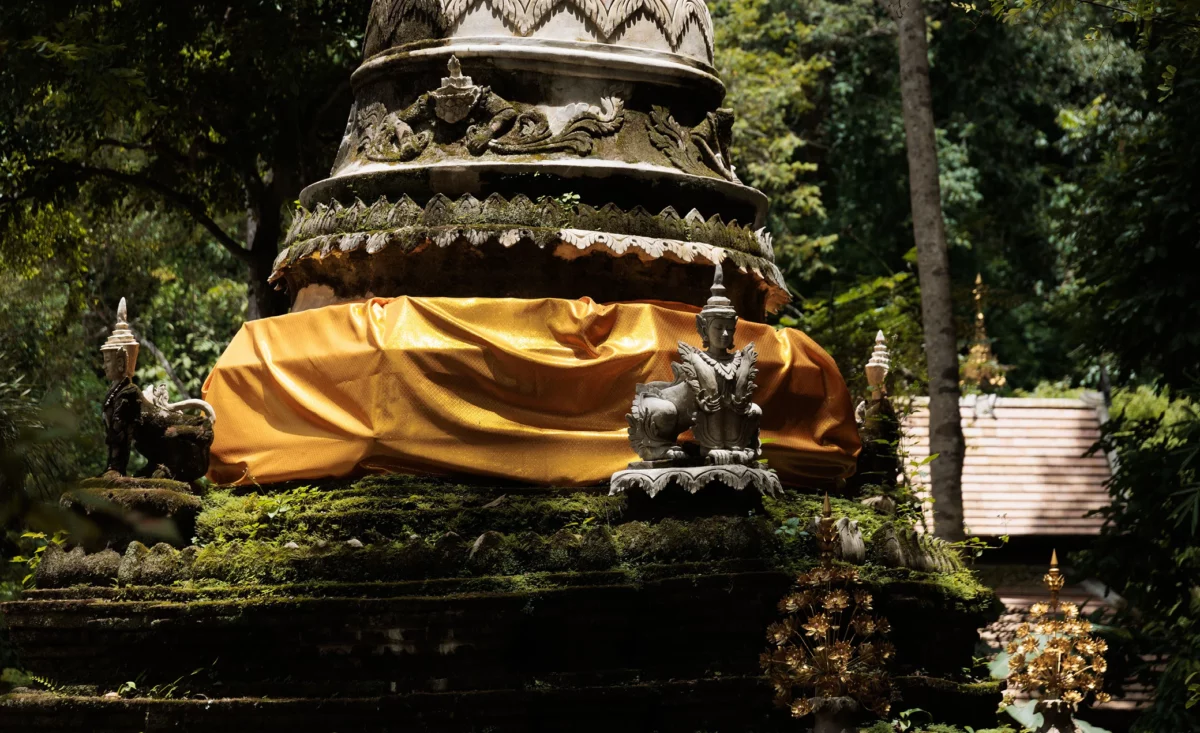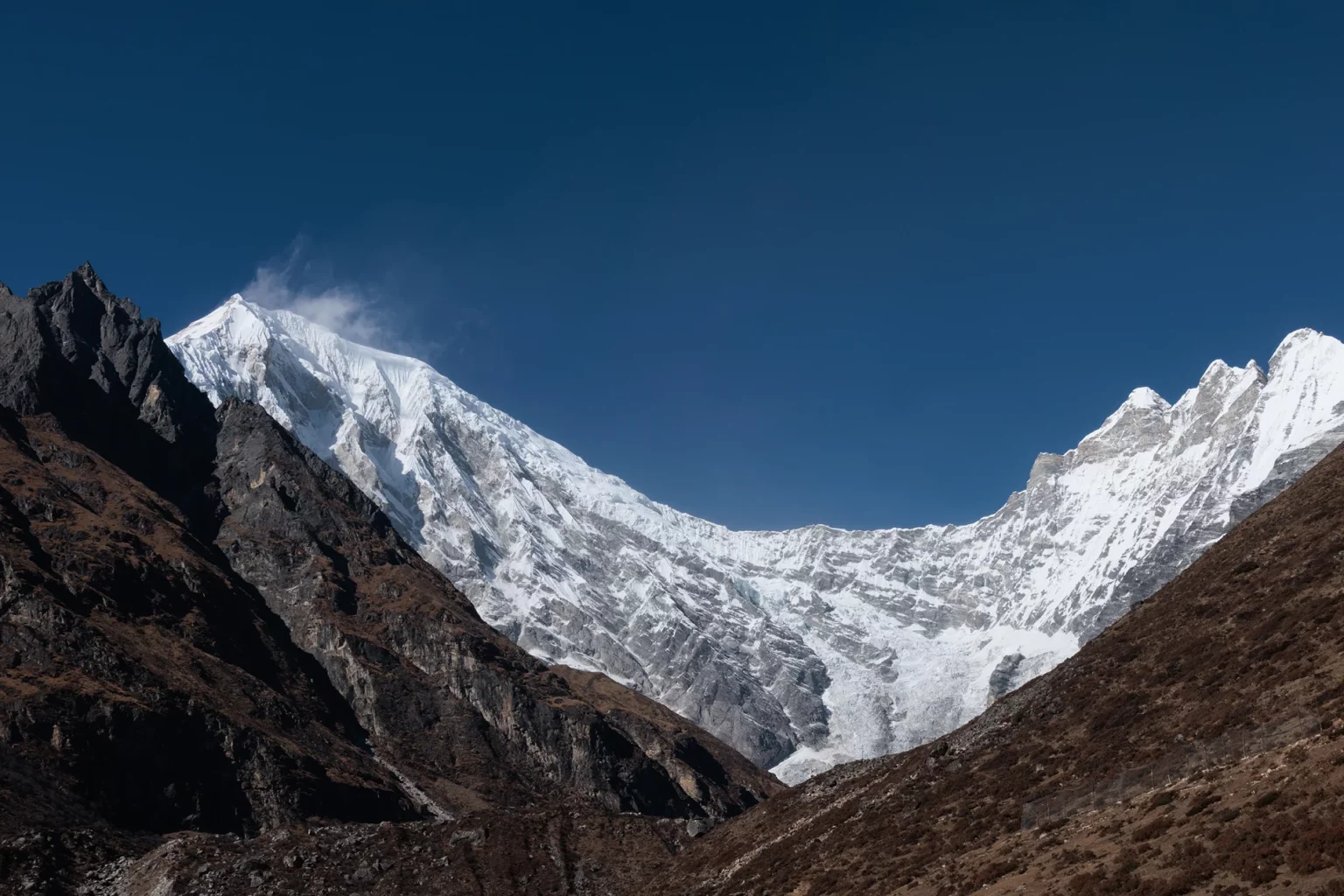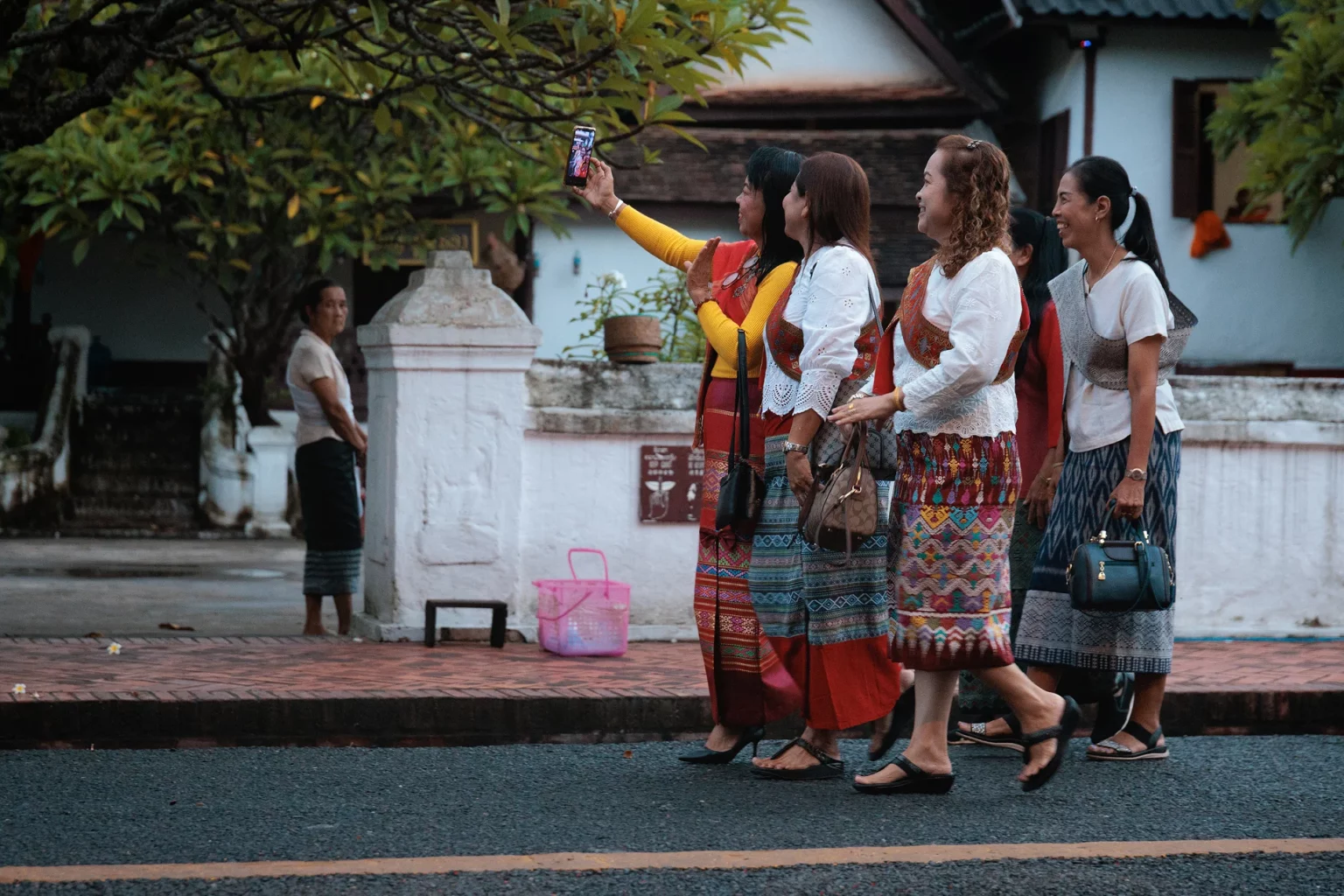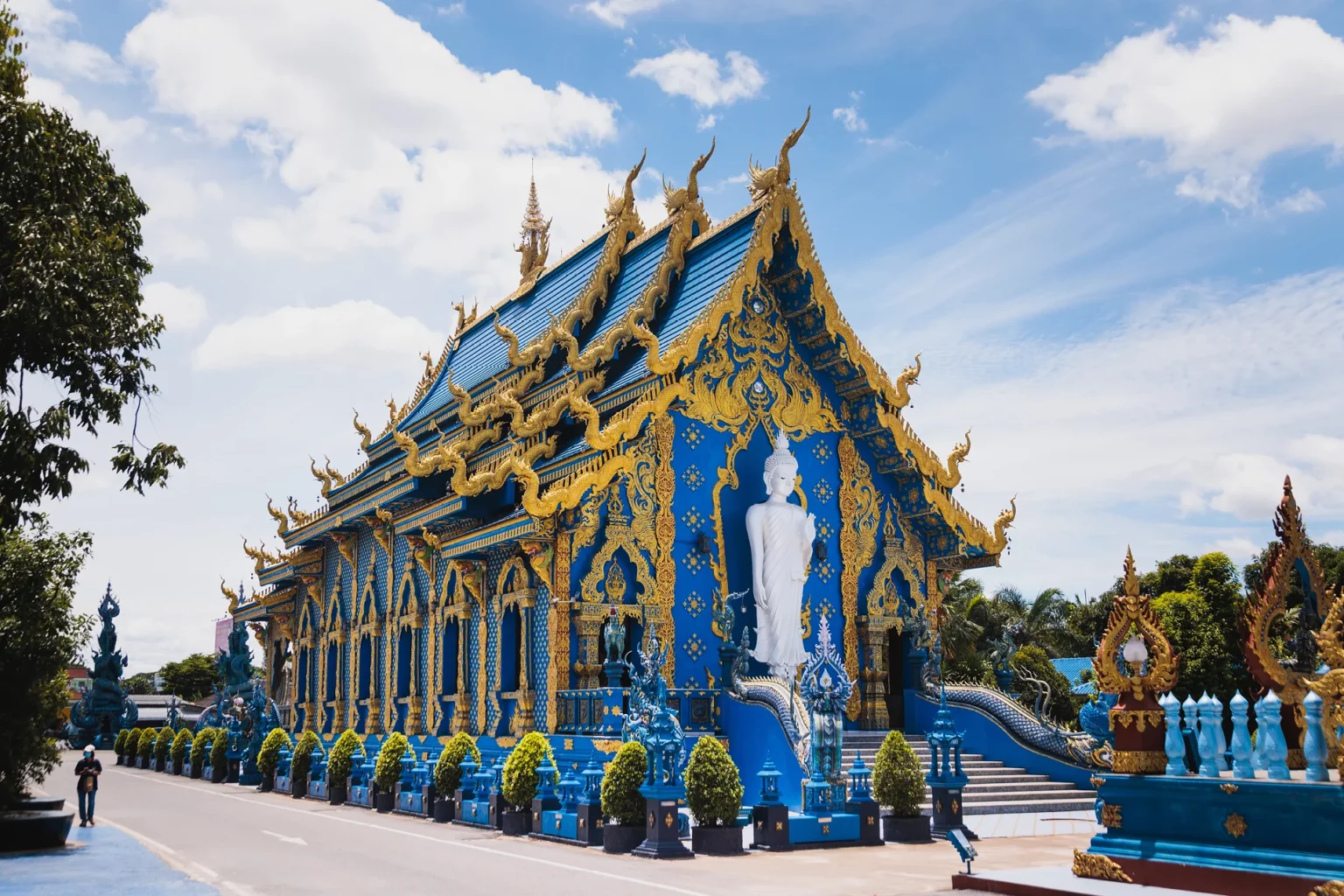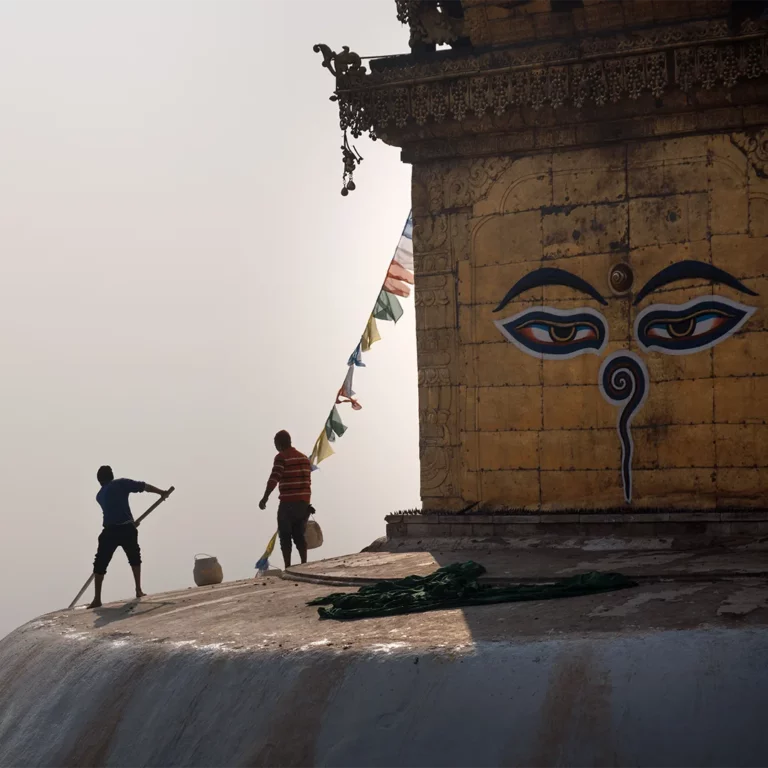Jine lives in the countryside of Chiang Mai, at the foot of Doi Inthanon mountain and he likes to do nothing. On the trail of Greek thinkers, the same took by many philosophers from Nishida to Nietzsche, like the Taoists before him, he carved a life path out of doing nothing.
We connected with Jine through Instagram. Him and Jyl share a passion for art and photography, over time, they chatted about subjects and composition, admiring the diversity in each other’s eye on the world. When we got to Thailand, it came natural wanting to meet and get to know each other in person!
From Digital to Analogue
We set to meet for the first time in Sax Music Pub in Chiang Mai, a place of friends and music where Jine likes to go from time to time. When we got there, awaiting us there was this thin elderly man, perched on a stool with a giant beer in front of him. He had a pair of round metal glasses, a benevolent smile and a feathery yet hoarse voice, like slightly crumpled paper.
It’s always interesting to meet someone for the first time, especially after you’ve exchanged many fun and thought-provoking interactions online!
Discover Wat Pha Lat
After our first encounter we planned a day trip to Wat Pha Lat and Phrathat Doi Suthep, in the north east of Chiang Mai, and right before leaving Thailand we went to visit him at his place.
Nothing about Jine
He is 66 year-old, he is a retired bookshop owner, driver, janitor, banker, construction worker and book designer from Bangkok. He now lives with his two dogs and six cows.
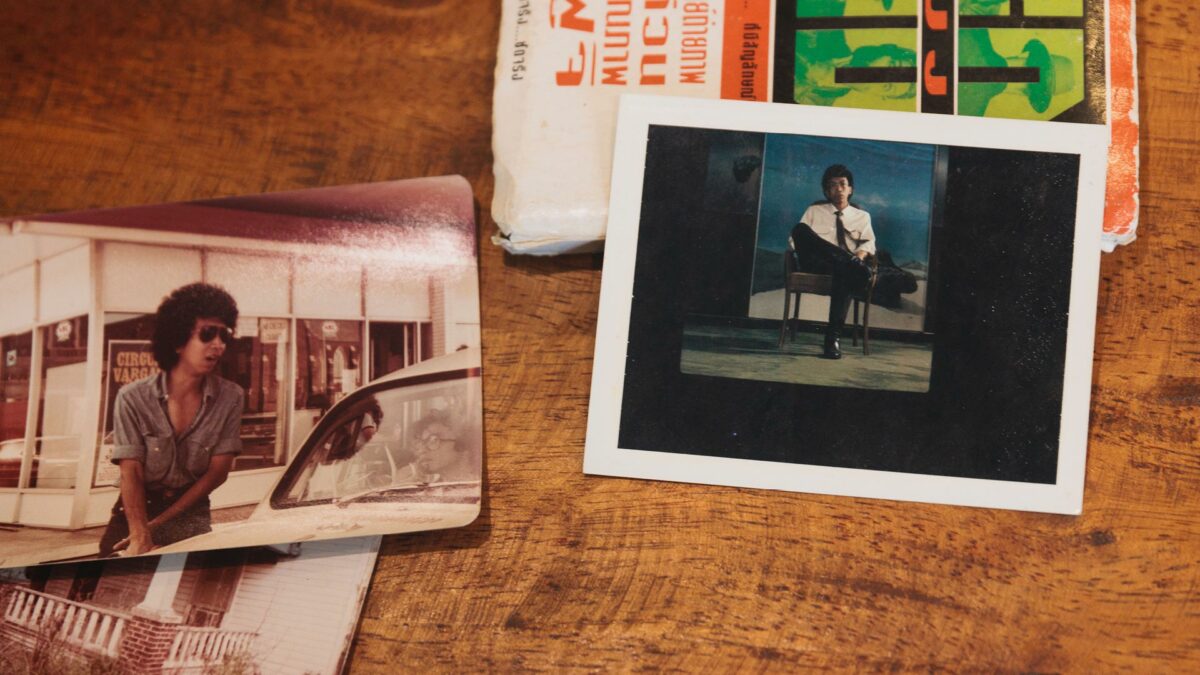
He’s an artist, with a preference for mixed media, where he seems to be the most at home in terms of artistic expression; he loves jazz music, books, and photography.
But none of this is accurate, none of this defines him, as in his fluid state of being he appears to evade all labels, shrugging them off as if they were someone else’s clothes.
Life passes by and he slides with it, effortlessly.
Childhood – the white canvas
The name Jineshra comes from the union of Jinā + Ishvara. In Sanskrit Jinā/Jain means conqueror, and Ishvara (shiva) means the great / freedom / not slave. The contraction of the these words together creates the name, Jineshra, the one who conquers himself.
It was Ariyavangsagatayana Vlll, a head of the order of Thai Buddhist monks at the time, who named Jine, just one month after he was born. Who knows if he knew how much Jine would be able to embody the name he had given him.
“The one who has conquered himself is a far greater hero than he who has defeated a thousand times a thousand men.”
Gautama Buddha
Jine was born fourth of five kids from Buddhist parents. When he was 6 year old he was sent to a catholic academy, the same where his father studied. But he didn’t like it there and he asked to be transferred to a boarding school, where two of his brothers were studying.
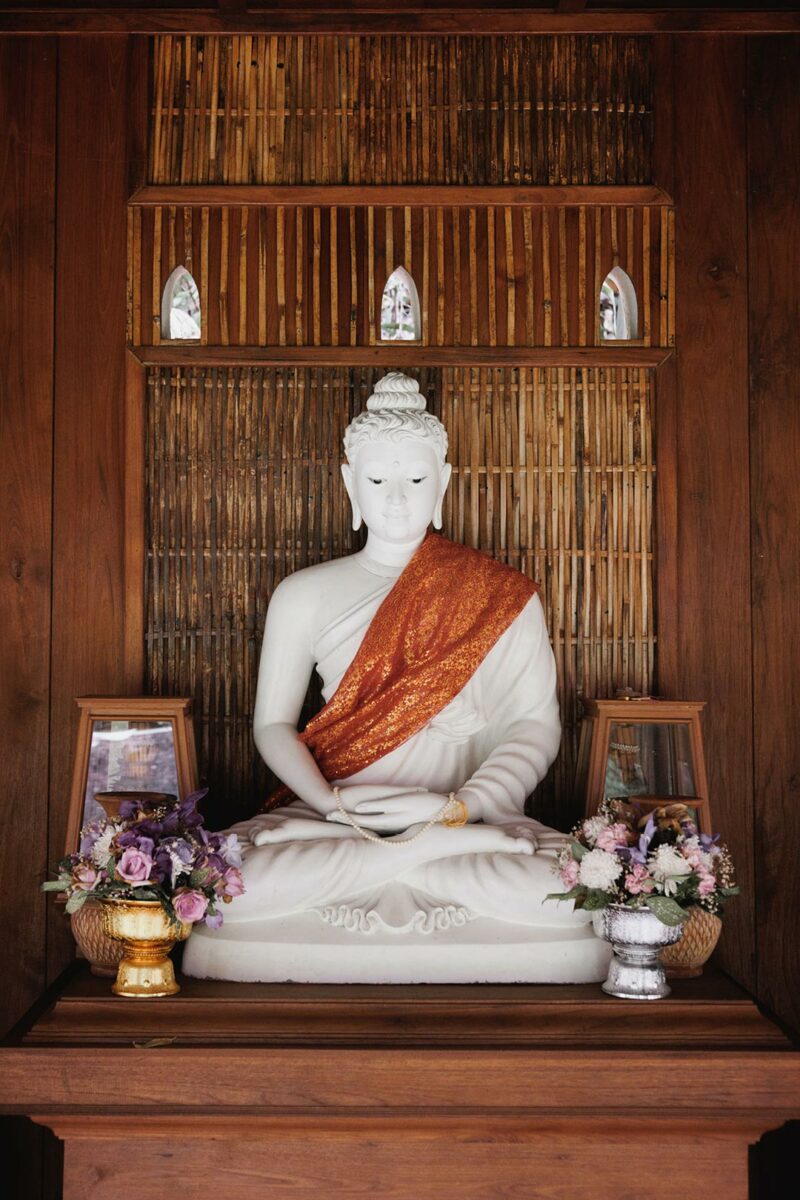
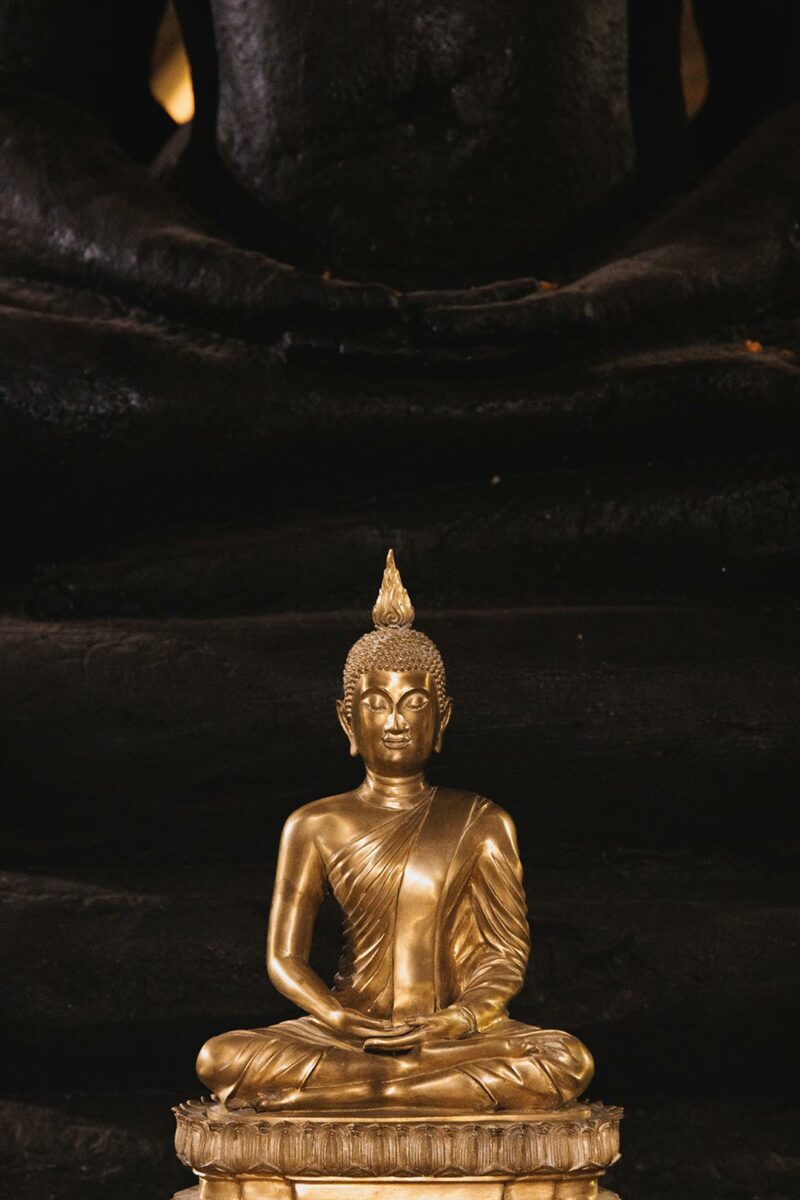
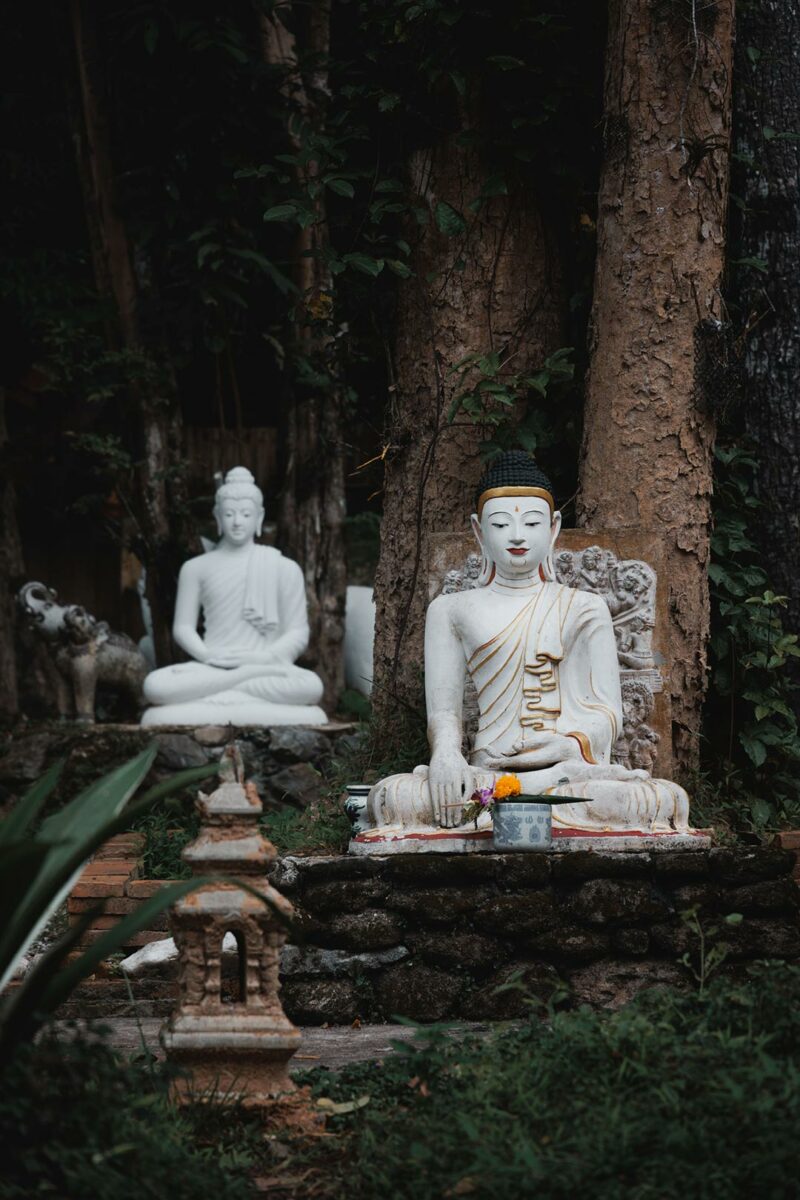
The family agreed, he went to study in a school titled to king Rama the 6th. It was a military-like institution, driven by lofty ambitions, where kids needed to pick a sport, an instrument, and were then trained to compete. He learned to play the recorder, the violin and the trumpet. He loves music but he says he’s no good at playing and felt quite a lot of pressure during those years.
Turns out he didn’t like it there either. His peaceful and free nature, far from any idea of competition, was timidly showing itself in the form of strong, juvenile disagreement.
Youth – The kaleidoscope period
In 1974 he went to study Mass Communication at Bangkok University, getting his BA in 1979, at the age of 23. At that time Jine decided to further his education in Texas, where he wanted to study Fine Arts.
I asked him if his family supported this decision and he told me his father was against it but they made a deal: “Let me study art and then I’ll do what you want, I’ll find a job and all.”
So he moved to Denton, Texas: a lively, college city of about 43,000 inhabitants at the time, known for its active music life.
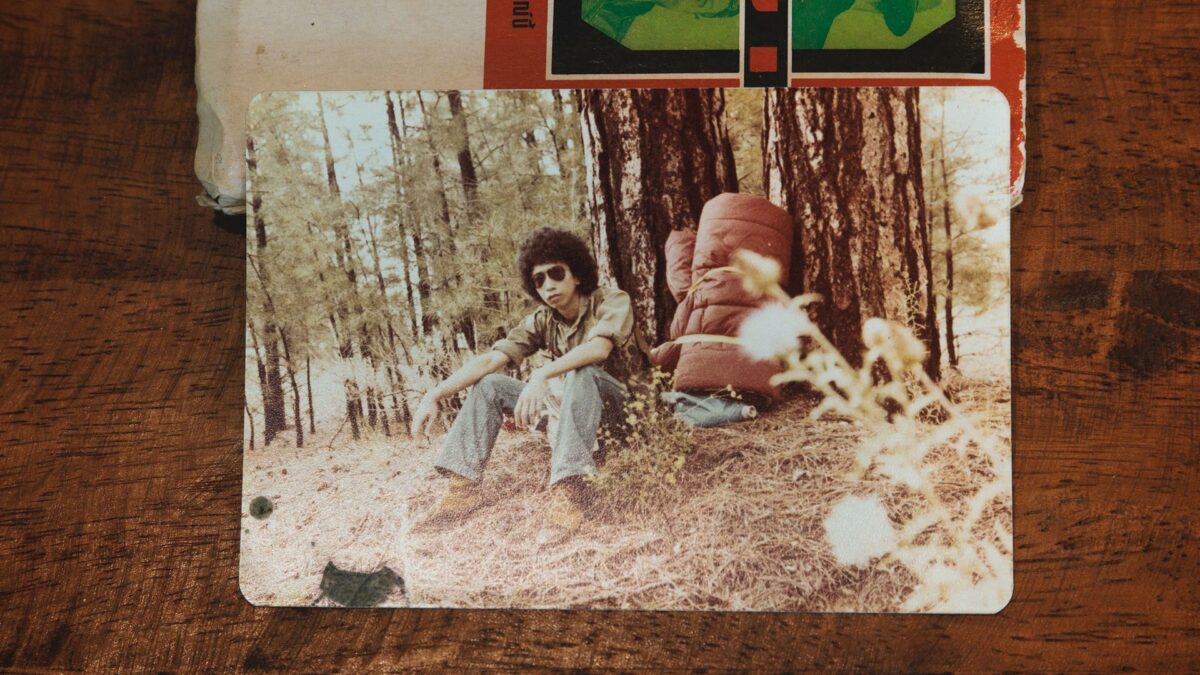
He spent many intense years there, learning and creating, exploring and growing. Once, as he recalled, he hitch-hiked to the Grand Canyon, which is over 1600 km (1.018 miles) from Denton. He also spent a couple of months in New York, working and basking in the cool avant-garde vibe of the sleepless city.
Jine keeps fond memories of that period of his life in the US.
Adulthood – colouring outside the lines
After many years spent abroad, Jine was conflicted on whether he should’ve settled in the US for good or go back to Thailand. But it was time to make a decision. One day his art teacher, Earl Mayan, told him that he had been watching him for a while, and wanted to know what was his plan for the future.
But Jine didn’t have a plan.
So, the teacher told him something along these lines: “There are two types of artists: the ones who set goals, and do everything to achieve them, and the ones who don’t set goals and struggle, financially also, because they’re inconsistent with their art and don’t care about goal setting. I think you’re the second kind, you should go back to Thailand and enjoy doing art without worrying about goals. You can do whatever you want. Art for Art’s sake”
This was a pivoting moment for Jine, as he was nudged toward his true path with a new set of keys to read his life, to make independent choices and ultimately break free, once again, of societal expectations. He went back to Thailand and started working for a school book’s publisher, probably to the relief of his father.
In hindsight, he is grateful for the insightful advice:
“You know, I’m not like this. I don’t compete, it’s not for me. I don’t want to set goals, I want to do my art, enjoy, live, and do nothing.”
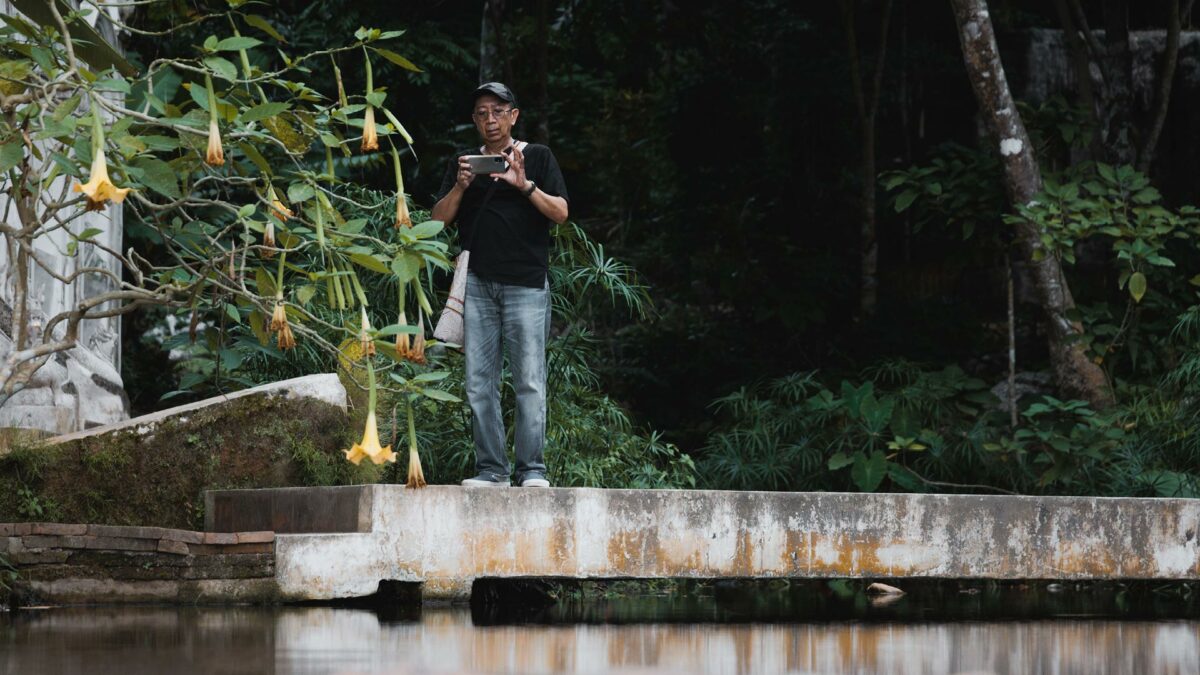
Talking with him, I have the impression that life is supposed to be a mindful walk in the woods of knowledge, a slow dance hand in hand with the idea of being, while you let yourself be changed by the winds and the currents.
What about love?
He worked for the same publisher for about 5 years, after that he went on and opened a bookshop called ต้นฉบับ, which translates to “The manuscript” in English. There, he worked side by side with his wife, for 7 years.
Jine has been married for 36 years and, for the last 20, he lived alone. His wife also lives alone, in Bangkok. They talk on the phone every night and, every month he goes to visit her for a week. She doesn’t come often to Chiang Mai, though, since she doesn’t like the countryside.
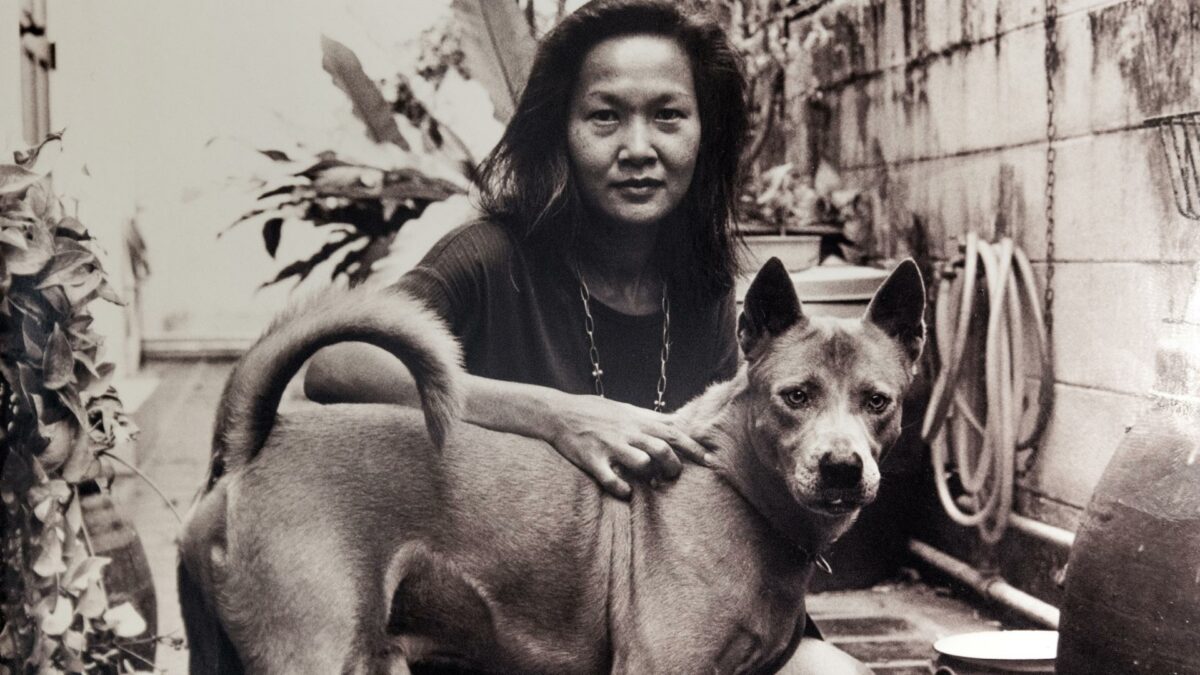
He explained that it’s easy for people to question their relationship just because they made a different choice, but they do love each other and they like to live life on their own terms. As the majority of couples struggle through a crisis until they decide it’s enough and split, it takes two special kind of people to defy marriage rules and challenge the idea of what it means to be together.
It must be quite empowering to be able to grow and change so much next to someone, to know that the relationship is capable of holding space for both people to not be how they used to. Imagine, being married for 16 years and then deciding that quality is better than quantity, changing your mind, your house and redefining everything. Starting fresh again, together and alone.
Hold me in your mind’s eye
In Buddhist philosophy, it is said that all things are impermanent, and if we become attached to anything it will cause us pain. Moreover, non attachment is the opposite of separation, as it’s a pure form of unity with all things.
When you feel unattached, when you feel one with the universe, the conditions for attachment cease to exist, there is no longer the person who attaches, nor the object of attachment, as there is no distinction between them, they are one.
In line with these cosmic reflections, although not directly following Buddhist precepts, Jine practises non-attachment.
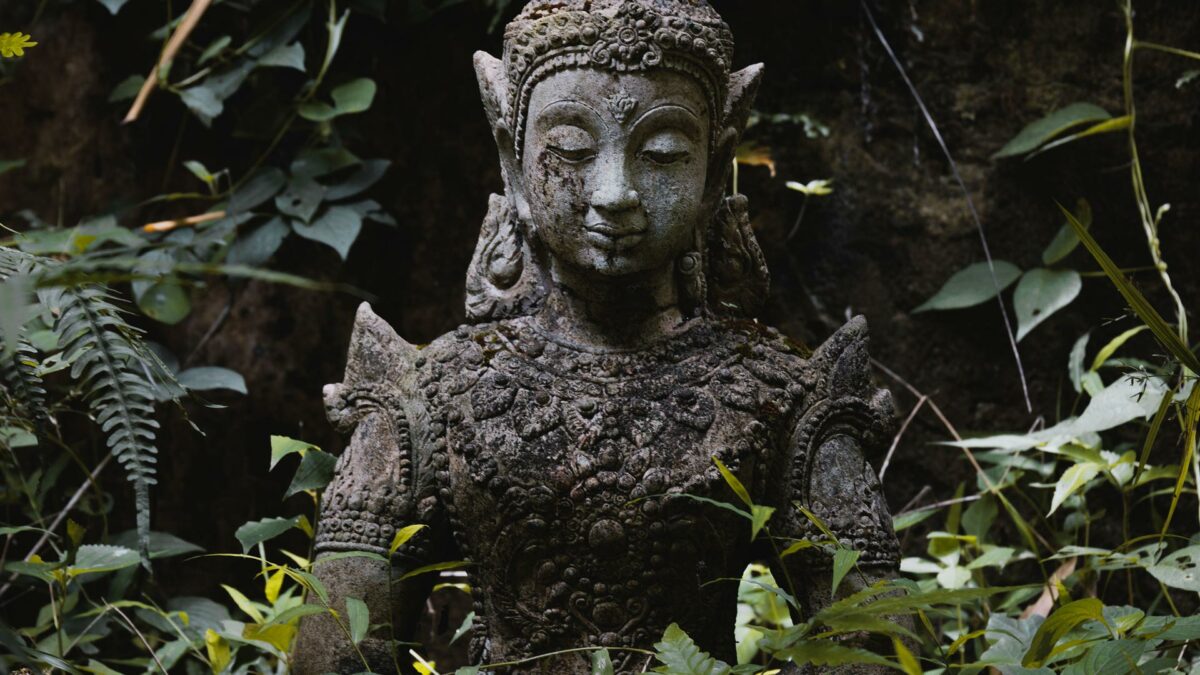
“When you’re attached you’re heavy, ‘cause whatever you’re hangin on to, whatever keeps you attached, weighs on you. If you’re bound to something you can’t be light. Even when you die, you transform, and it’s easier for the energy you’re made of to transform and migrate if you’re detached. It’s part of the Buddha teachings”
When we went to visit him at his place, we had the pleasure of meeting his two dogs and six cows, and referring to the cows he told us that he is not good at business. He can’t make money out of them, nor slaughter them, they’re his animal friends.
I think he had something different in mind but, it turned out he is – funnily – attached to his cows.
Wu Wei – 無為, the art of doing nothing
In ancient Chinese Wu Wei means “inaction”, “effortless action”, a concept developed in Confucianism that would become one of the key ideas of Taoism. A lot of what Jine says seems to be about doing nothing, in harmony with the flowing river of life, letting the breath of existence bring him somewhere. This is Wu Wei.
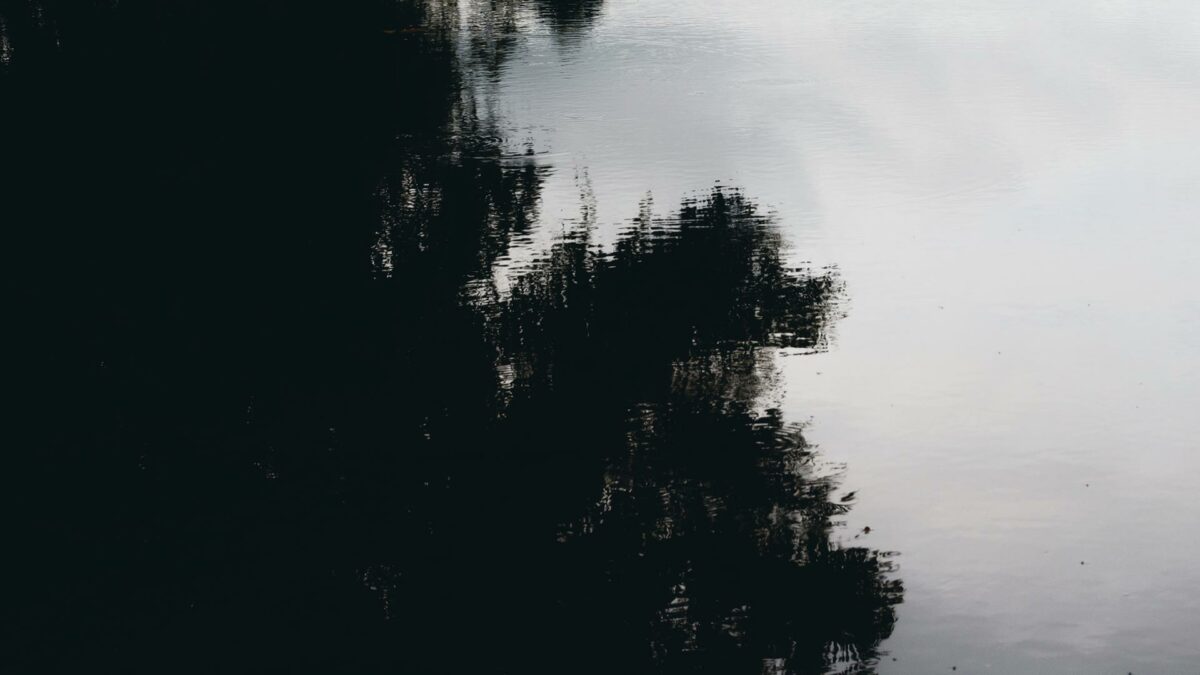
The universe doesn’t exist to serve us, but rather we truly exist as an integral part of the universe. In this line of thinking, everything, every action happens as part of one big cosmic dance. This means that when we stop doing anything, the universe continues to move on and us with it.
But then, what does it matter if you were a driver or a bookseller? What does it matter if you move to Texas and never return or if you stay right where you are all your life? What does it matter who or how you love? It doesn’t, but it does if you fight it.
There is a way for each of us, something that looks more like a wave than a destiny to fulfil, and this way is with the tide and the current, with the wind and the flow.
The power of being yourself and taking your whole life to get there
One thing I truly appreciate about Jine is that he never explained any of this, he didn’t feel like he had to justify or clarify, which means I could be completely wrong about this whole doing nothing thing. Or I could be right, it could be that non attachment is also about letting go of what people think and do or don’t understand about you.
I find this idea of letting life carry the load incredibly poetic and truly revolutionary, especially for someone like me who comes from a westerner’s obnoxiously over-productive society.
It’s about not trying to lead, wiping out the impossible expectations, stop judging ourselves and not treating our precious life as a sum of performances to be rated.
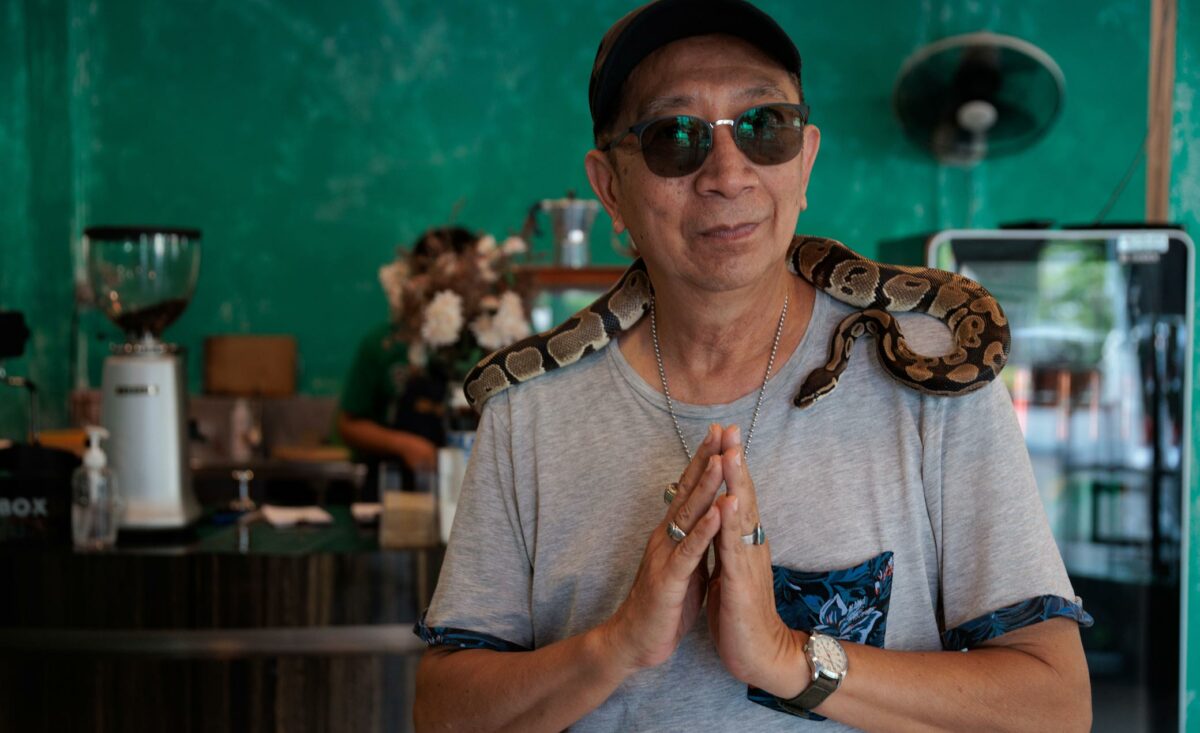
It’s about not doing something and starting doing nothing, as it’s the true way to freedom.
Letting the sand settle, so the water can become clear again. Underneath the mud, things will take shape, naturally. Being still is a shortcut, and suddenly there is space for life to unfold.
Beautiful stranger
Our friend Jine seems to have surrendered to a simple but mighty force which, in return, unveiled for him the secret to a peaceful, serene life.
“When you arrive at non-action, nothing will be left undone.”
Lao-Tse
At one point, in conversation, he told me “I am just waiting to die. Not in a bad way, it’s not sad, it’s normal, it’s the next step, it’s what comes after.”
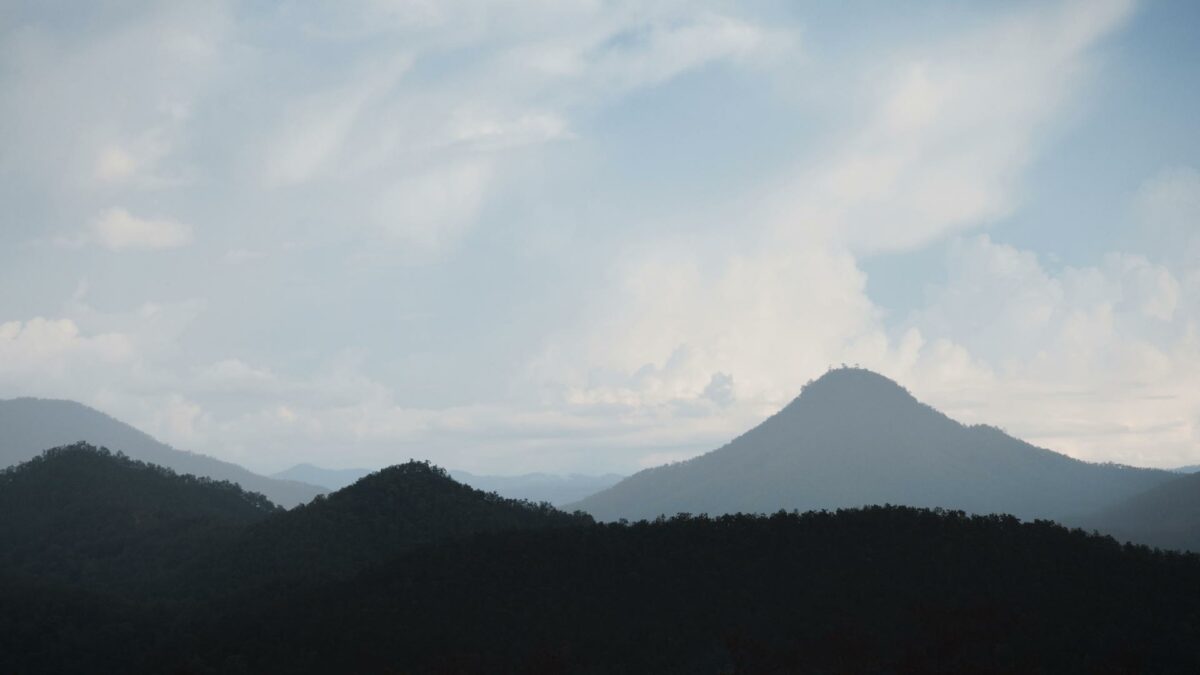
Trusting in the natural progression of things requires a certain amount of faith in doing without doing, faith in change being nature’s default. The universe will take care of itself,
We are extremely grateful for the simple, lightbulb conversations we had with Jine, since it confirmed once more how much power there is in meeting strangers and truly open up to one another.
